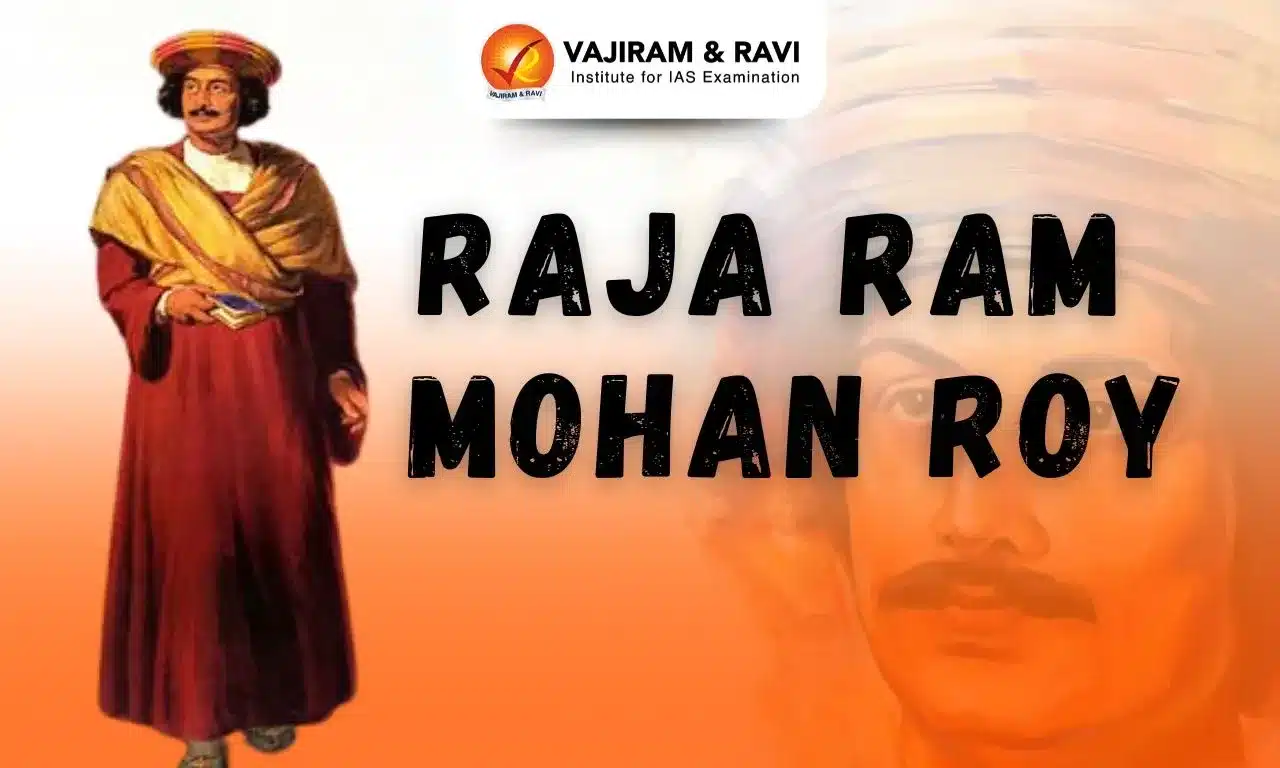The Battle of Buxar and its aftermath marked a critical phase in India’s colonial history, reshaping the balance of power between the British East India Company and the native rulers. The conflict emerged from the Company’s increasing influence and resistance from local rulers, especially Mir Kasim, the Nawab of Bengal. The battle’s result solidified the Company’s dominance, making them a major power in northern India and contenders for supremacy over the entire subcontinent.
Following the battle, the Company implemented a dual system of governance, controlling both revenue collection and administration, leading to profound consequences for the people of Bengal. However, the dual government’s failures and the subsequent abolition by Governor-General Warren Hastings brought a definitive shift in power dynamics, consolidating the Company’s control over Bengal, Bihar, and Orissa and altering the course of Indian history forever.
Battle of Buxar Background
The British East India Company had initially expected Mir Kasim, the Nawab of Bengal, to be a compliant puppet ruler. However, Mir Kasim defied the Company’s expectations.
- Mir Kasim’s assertion: Ram Narayan, the deputy governor of Bihar, refused to submit the accounts of Bihar’s revenues despite repeated requests from Mir Kasim. This open defiance of Mir Kasim’s authority led to tensions.
- Furthermore, English officials in Patna supported Ram Narayan, exacerbating the situation.
- Misuse of Dastaks: The Company officials also misused their trade permits, known as dastaks, which exempted specified goods from paying duties.
- Thе misusе of dastaks rеsultеd in rеducеd tax rеvеnuе for Mir Kasim and unfair advantagеs for Company mеrchants ovеr local tradеrs.
- The Company had obtained the right to trade in Bengal without paying transit dues or tolls through a Mughal imperial farman.
- However, Company servants claimed the same privileges for their private trade and sold dastaks to Indian merchants for a commission.
- They also resorted to coercive methods to obtain goods at cheaper rates, which contradicted the spirit of duty-free trade.
- Abolition of duties: Mir Kasim decided to abolish the duties altogether, but the British protested and demanded preferential treatment. Thе disputе ovеr transit dutiеs еscalatеd into armеd conflict, lеading to wars bеtwееn thе English and Mir Kasim in 1763.
The Battle of Buxar 1764
The combined armies of Mir Kasim, the Nawab of Awadh, and Shah Alam II, the Mughal Emperor of India, were defeated by the English forces under Major Hector Munro at the Battle of Buxar on October 22, 1764.
- The victory of English:
- The English achieved successive victories at Katwah, Murshidabad, Giria, Sooty, and Munger.
- Aftеr thе Battlе of Buxar, Mir Kasim sought rеfugе in Awadh and formеd an alliancе with thе Nawab of Awadh, Shuja-ud-daulah, and thе Mughal Empеror, Shah Alam II, in an attеmpt to rеgain control of Bеngal from thе English.
- The battle was closely contested, and the English campaign against Mir Kasim proved to be short but decisive.
Battle of Buxar Impact
This battle’s significance lies in the fact that it resulted in the defeat of not only the Nawab of Bengal but also the Mughal Emperor of India by the English forces.
- English as major power: The English victory established them as a major power in northern India and contenders for supremacy over the entire country.
- Mir Jafar reappointed as Nawab: Following the battle, Mir Jafar was reappointed Nawab in 1763 as the relations between Mir Kasim and the English East India Company became strained.
- He agrееd to cеdе thе districts of Midnaporе, Burdwan, and Chittagong to thе English for thе maintеnancе of thеir army.
- The English were also granted permission for duty-free trade in Bengal, except for a two per cent duty on salt.
- The real power with The English: After the death of Mir Jafar, his minor son, Najim-ud-daula, was appointed as the nawab, but the real power of administration remained in the hands of the naib-subahdar, who could be appointed or dismissed by the English.
The Treaty of Allahabad
In August 1765, Robert Clive, the Governor-General of Bengal, concluded two significant treaties at Allahabad. One treaty was with Nawab Shuja-ud-Daula of Awadh, and the other was with the Mughal Emperor Shah Alam II.
- Treaty with Nawab Shuja-ud-Daula:
- He agreed to surrender Allahabad and Kara to Emperor Shah Alam II,
- pay the Company Rs.50 lakh as a war indemnity, and
- grant full possession of the estate of Balwant Singh, Zamindar of Banaras.
- Treaty with Shah Alam II:
- He agreed to reside in Allahabad, which would be ceded to him by Nawab Shuja-ud-Daula under the Company’s protection.
- He issued a farman granting the Diwani (revenue rights) of Bengal, Bihar, and Orissa to the East India Company in exchange for an annual payment of Rs 26 lakh, and
- provided Rs 53 lakh to the Company for Nizamat functions (military defence, police, and administration of justice) in the said provinces.
- Robert Clive’s tactics:
- He intended to avoid annexing Awadh, as it would have made the Company responsible for protecting an extensive land frontier against Afghan and Maratha invasions.
- The treaty established a friendly relationship with the Nawab and transformed Awadh into a buffer state.
- Clive’s arrangement with Shah Alam II served practical purposes, making the emperor a useful figurehead for the Company.
- Additionally, the emperor’s farman legalised the political gains of the Company in Bengal.
Dual government of Bengal
After the Battle of Buxar, the East India Company emerged as the dominant power in Bengal. Robert Clive introduced the dual system of government, where both the Company and the Nawab had a role in governing Bengal.
- Powers of the company: Under this system, the Company controlled the Diwani functions (revenue collection) and Nizamat functions (police and judicial matters).
- The Company exercised its diwani rights as the diwan and its Nizamat rights by nominating the deputy subahdar.
- The Diwani functions were acquired from the Mughal emperor, while the Nizamat functions were obtained from the subahdar of Bengal.
- Advantages to the Company: This system provided a significant advantage for the Company.
- It allowed the puppet Indian ruler, the nawab, to appear as the authority while the actual sovereign power remained with the Company.
- The Nawab was responsible for maintaining peace and order, but he relied on the Company for funds and military support since the Company controlled the army and revenues.
- Diwani functions: For the Diwani functions, the Company appointed two Deputy Diwans;
- Mohammad Reza Khan for Bengal and Raja Sitab Roy for Bihar.
- Mohammad Reza Khan also served as the deputy Nazim or deputy subahdar.
Failure of the Dual Government
The dual system led to an administrative breakdown and had disastrous consequences for the people of Bengal. Neither the Company nor the Nawab prioritised administration and public welfare. Warren Hastings eventually abolished the dual system in 1772.
- Impact on trade: The Company’s employees’ abuses of private trade reached a peak during this time.
- The dastaks privilege was so abused that Indian merchants were utterly ruined and unable to compete with the English.
- Indian industries suffered the same fate.
- The Bengali silk industry was destroyed by the Company’s use of political influence.
- The most developed industry in Bengal, cotton cloth, was also destroyed.
- Much against the interests of the artisans, the Company’s representatives arbitrarily decided the cloth’s quality, production volume, and price.
- Any craftsman or worker who objected would face harsh punishment or torture.
- Thus, many of them changed their line of work, and many also left Bengal.
- Impact on agriculture: The Company’s excesses also destroyed the agricultural sector.
- Every year, the land was offered to the highest bidder to raise money.
- These tax bidders or farmers made the most profit for themselves in a year by collecting the most money possible from the farmers.
- Every year, the company’s demands on contractors grew.
- In response, the contractors raised their demands on the farmers even though they had no interest in raising production.
- Peasants suffered the most as a result, and many of them abandoned their lands to become bandits and robbers. It resulted in famine in 1767-69.
- In the end, the Company’s revenue also suffered as it was unable to generate good revenue or experience better trade.
- Administration: Bengal was divided into thirty districts in 1769 by the Company, and each district received an English Supervisor. But there was no positive outcome from the measure.
- The supervisors were chosen exclusively to ensure that the company received the highest possible revenue.
- They were not required to ensure the welfare of the peasantry, uphold their rights, assist them in increasing their output, or even oversee the activities of Indian tax collectors.
- Additionally, the supervisors were allowed to conduct private business, which became their main focus. As a result, the experiment of choosing supervisors was a complete failure.
Abolition of the Dual Government
As the Company’s Governor-General, Warren Hastings arrived in India in 1772 with clear directives from the Directors to abolish the Dual Government.
- Company as Diwan: He arrived in India having received clear instructions from the Court of Directors that the Company would now serve as the Diwan and that the naib (deputy) Diwans, Muhammad Reza Khand and Raja Shitab Ray, would be removed from their positions and put on trial.
- Responsibility of administration: Along with the direct responsibility of Diwani (the right to collect the revenues), Hastings also assumed responsibility for civil justice in the Company’s hands.
- Dual control is undesirable: Hastings understood that it was undesirable to maintain separate control of the Diwani and Nizamat (rights to defence, peace, and others, and criminal justice).
- So, he deprived the Nawab of his right to Nizamat. An annual pension of sixteen lac rupees was given to the Nawab of Bengal for personal expenses.
- As a result, the Dual Government in Bengal was eliminated, and the Company assumed de facto control over Bengal, Bihar, and Orissa.
Last updated on June, 2025
→ UPSC Notification 2025 was released on 22nd January 2025.
→ UPSC Prelims Result 2025 will be out soon for the CSE held on 25 May 2025.
→ UPSC Prelims Question Paper 2025 and Unofficial Prelims Answer Key 2025 are available now.
→ UPSC Calendar 2026 is released on 15th May, 2025.
→ The UPSC Vacancy 2025 were released 1129, out of which 979 were for UPSC CSE and remaining 150 are for UPSC IFoS.
→ UPSC Mains 2025 will be conducted on 22nd August 2025.
→ UPSC Prelims 2026 will be conducted on 24th May, 2026 & UPSC Mains 2026 will be conducted on 21st August 2026.
→ The UPSC Selection Process is of 3 stages-Prelims, Mains and Interview.
→ UPSC Result 2024 is released with latest UPSC Marksheet 2024. Check Now!
→ UPSC Toppers List 2024 is released now. Shakti Dubey is UPSC AIR 1 2024 Topper.
→ Also check Best IAS Coaching in Delhi
Tags: battle of buxar 1764 quest




















